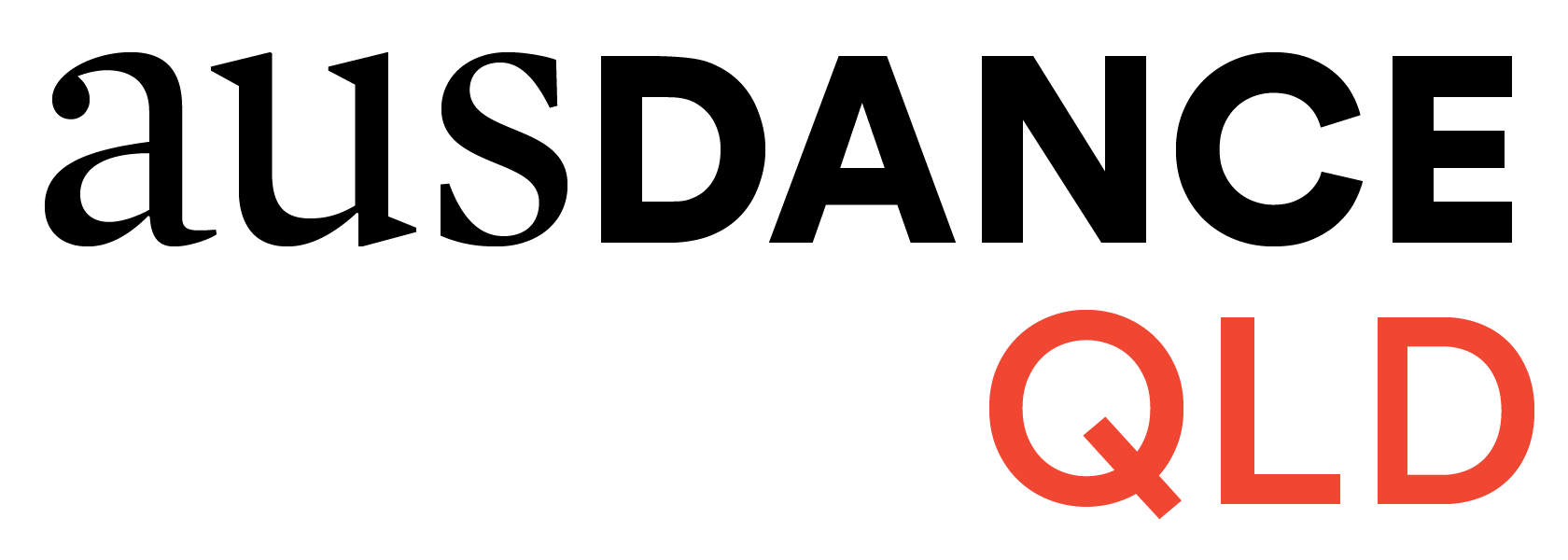IN|FORM | A Tropical Topic
Image: Sonnet 19 Team, Tropical Arts Ensemble
Contributed by Owen Allen, Phoenix Functions
Inclusivity does not describe a person’s abilities or disabilities. It is a term of leadership for any field of activity. The Erhard-Jensen Foundation defines leadership as a future that isn’t going to happen anyhow. The key factor in the success of inclusivity is a leadership clearly determined to master the dynamics of individuals in group. This is a story that highlights some of the leadership challenges.
Coming out of pandemic restrictions in August 2020, Tropical Arts, an inclusive theatre company in Cairns, puts out word for multiple directors for their annual Shakespeare in the Tanks, Cairns. This year’s theme is “Sonnets and Verses”. It was a short eight weeks of production.
About that time, I am contacted by a 16-year-old woman (let’s call her Jane) with Autistic Spectrum Disorder (ASD), looking for a dance class. She tells me about all the activities she was involved in until she was about 11 years old and that “I can’t do mainstream classes. They’ll tease me.” I took that as ‘they did tease me, and I stopped participating.’ I proposed to Jane that we could train with the intention of creating a work based on Shakespeare’s Sonnet 19. On her acceptance, I joined the artistic director and 11 other team directors, including one woman with an intellectual handicap, to create the production. Jane and I began working at the Tanks.
Jane’s participation was fully given although on her first ensemble training her checkout response was a straightforward “I didn’t like it.” Later she simply confided, “I have social anxiety.”
Jane proved to be very coachable. She occasionally commented that she isn’t good with movement but that she should be. After six weeks of work, she reported that she had found that my explanations of the choreography and use of space on stage was one of the best things in the process. Certainly, I could see her motor learning and her confidence lift a level. She now reported feeling comfortable among the ensemble that had now grown to 40 people.
Meanwhile, I found a team of actors of various abilities to fill the other performance roles, and a chorus to provide the voice of the sonnet. Performance week came quickly with a flurry of final rehearsals. Jane received a positive note from the Artistic Director for her emotional expressions as her mood ranged through the piece from celebration to grief, anger and dismissiveness.
Opening night was a wonder as all 12 works came to life. Jane moved through the work on cue, creating the movement structure that gave integrity to the whole piece. She enjoyed introducing her family as she left the theatre surrounded by their pride.
The next evening, Jane’s mother rang to say Jane ‘had a meltdown’ as she was getting ready for the performance, inconsolable in reflecting on how she looked on stage. She wasn’t going to make it. The Artistic Director, herself, took the stage for Jane. The show went on.
My original focus was on reassuring Jane’s mother that we will, above all else, hold the space for Jane in which she will always belong and deal with any issues that arise in health and empowerment. Jane didn’t return any of my immediate calls, however a month later she readily accepted an invitation to a celebration event, was easy in apology, and we were able to restore a working relationship for the new year.
In the leadership of inclusivity in dance and theatre, a promise is made for a space that develops resilience through belonging, agency, and optimising physical, emotional and intellectual skills.

